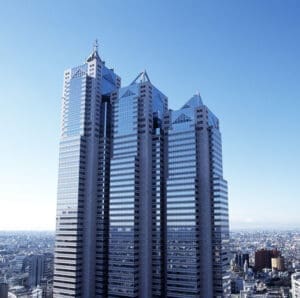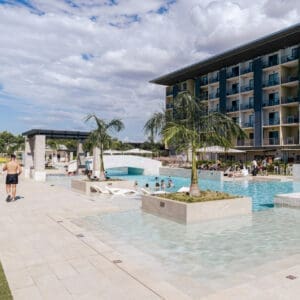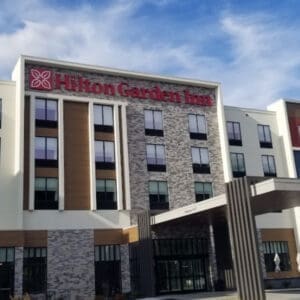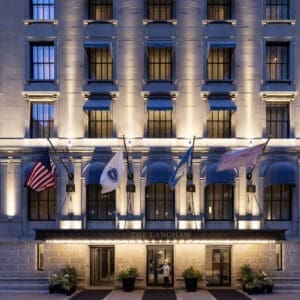 Recently completed Technomic research shows that the hotel food and beverage space continues to show growth, with overall consumer spending increasing 4.9% in 2017 and showing a robust 5.5% annual growth since 2011. Total spending by consumers within hotels, which includes all restaurants, bars and lounges, banquets and catering, room service, in-room minibars and other areas, totaled $48.7 billion in 2017. For 2018, Technomic is forecasting continued growth of 5% in consumer spending, as demand remains strong.
Recently completed Technomic research shows that the hotel food and beverage space continues to show growth, with overall consumer spending increasing 4.9% in 2017 and showing a robust 5.5% annual growth since 2011. Total spending by consumers within hotels, which includes all restaurants, bars and lounges, banquets and catering, room service, in-room minibars and other areas, totaled $48.7 billion in 2017. For 2018, Technomic is forecasting continued growth of 5% in consumer spending, as demand remains strong.
Key takeaways from the report include:
¥ Local and regional offerings are more in demand. Featuring local products, including adult beverage brands, has helped hotels compete against restaurants in the area that may otherwise be more attractive to patrons
¥ Hotels are reinventing themselves to focus on social and community spaces. Many new hotels are putting emphasis on flexible lobby and outdoor areas that can help boost social interaction
¥ Operators place emphasis on upscale casual-dining experiences. Many hotels are offering upscale eateries to appeal to a wider array of patrons and to enhance the overall dining experience
According to David Henkes, senior principal, Technomic,Ê”Hotels use their food and beverage programs as competitive differentiators and are investing to drive unique guest experiences. As more options appear for consumers, not only in new and emerging types of hotel properties but also in alternative channels like Airbnb and VRBO, having a strong food and beverage program is more important than ever for continued hotel success.”
Banquets and catering are the primary drivers for hotel programs, accounting for nearly 40 cents out of every dollar spent at hotels, and account for an even larger part of the overall revenue at upscale and luxury properties that cater to both personal and business events.
Other areas that are receiving more focus at hotels include grab-and-go areas, such as lobby pantries and kiosks; breakfast areas; bars/lounges; and preferred guest lounges that help create a unique amenity for higher-status guests. Traditional areas, such as minibars and room service, are being de-emphasized by many properties, and growth in these areas lags well below other parts of the hotel food and beverage program. In particular, breakfast remains a critical touchpoint for hotels and a daypart where hotels can reach more guests.
The 2017 Lodging Food & Beverage Study is available for purchase here: https://www.technomic.com/available-studies/multi-client-studies/lodging















